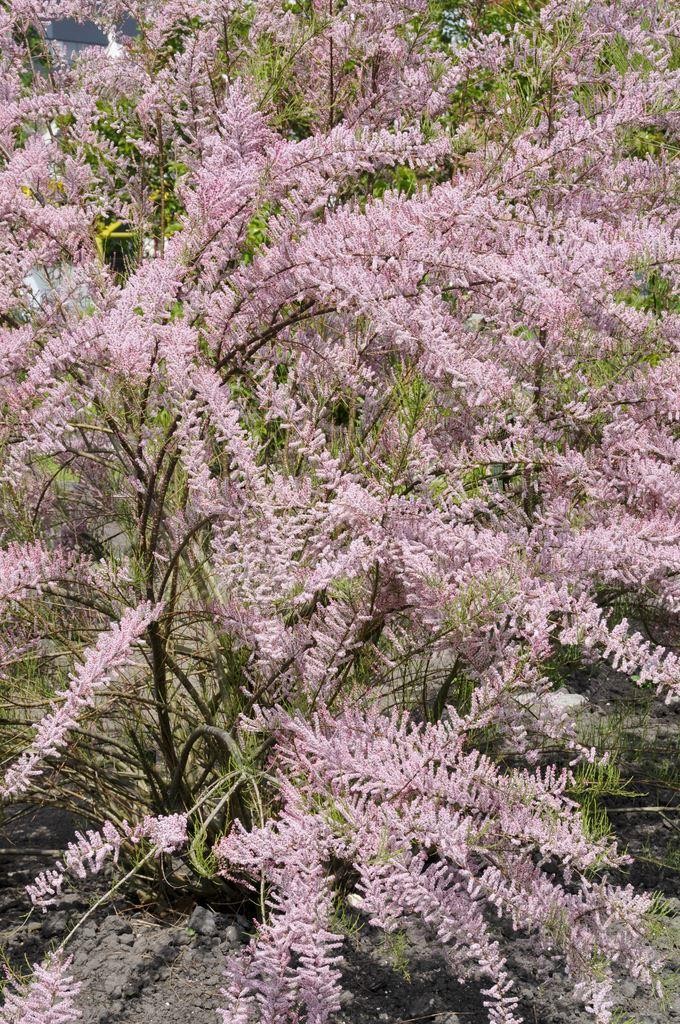Genesis 21:33 ESV
(33) Abraham planted a tamarisk tree in Beersheba and called there on the name of the LORD, the Everlasting God.
(33) Abraham planted a tamarisk tree in Beersheba and called there on the name of the LORD, the Everlasting God.
Seems a tad bit odd that this specific thing would even be mentioned, and scripture gives no further information as to why Abraham did this.
Beersheba was in the wilderness between Egypt (where Abraham was traveling from) and near the southern border of what would later become Israel.
Tamrisk tree is an evergreen in the "cedar" family with year-round foliage.

It grows in arid places and it's leaves secrets a saltiness that prevents other trees from growing too near to it.
It has a season when it flowers pale pinkish capsule-like blooms with seeds.

In the ancient world this tree was said to have medicinal use for healing ailments including arthritis, and even leprosy, and could remove toxicity from the body (among other medicinal uses).
On a spiritual sense it was was said that it could be used to purge emotional worry or spiritual darkness within a person.
The Tamrisk tree also secretes and drops whitish drops of a slightly gummy type substance called manna.

